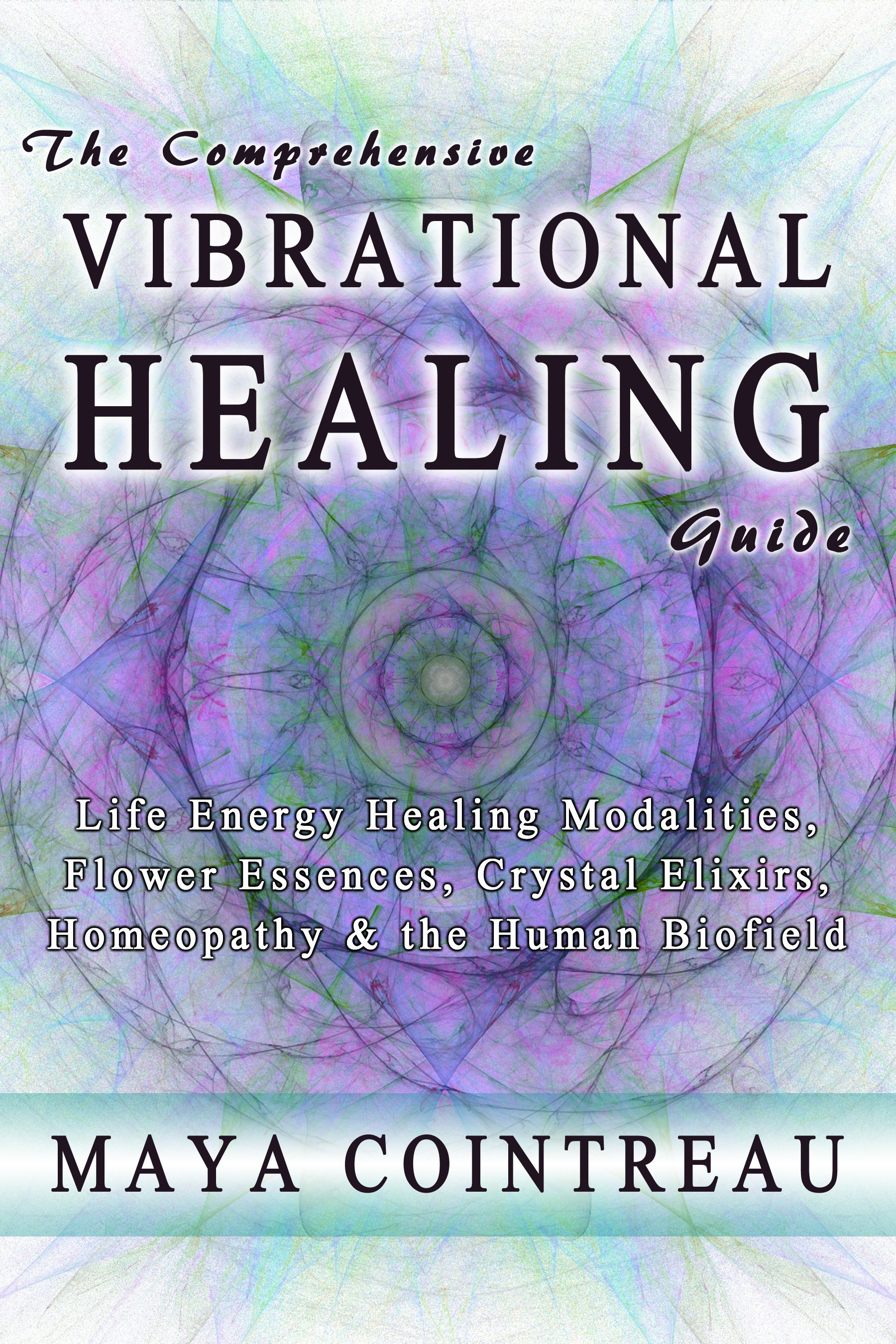
There usually is very little physical touch within energy healing sessions, but that doesn’t mean you won’t feel anything. The facilitator may lay a hand on your body where they feel a connection is necessary, but only with consideration and your explicit consent. Only healers that have certifications to administer physical touch have the right to do so, this includes an array of different practices and should be discussed prior to beginning your session. Is there any physical touch, such as in a massage ?

This concept is reflected by our mission statement: “Our wholehearted intention is to bring healing to everyONE willing to open up and allow themselves to become the healer in their own lives.” It is not our focus to “heal” you, but to provide you with a safe and energetically charged space to help you relax, open up, and heal yourself with the guidance of a healing practitioner. Only the person receiving the healing knows what their highest self is moving towards, where their boundaries are, and where it is safe to challenge and push themselves. It may be easier to think of them as a creator of a container, the container being the time and space (the session) within which you and your healer will channel high vibrational energy or chi. Healers are individuals that have learned to ground, raise, or move energy for themselves and others. The term “Healer” is a slight misnomer, as the client is actually the person healing themselves, while the healer holds space and provides an open connection to the divine and a higher vibration to resonate and cleanse with in a process called entrainment. There is a large array of options for those interested in energetic healing because of this we recommend starting with a healer that you feel most comfortable with - the modality isn’t always pertinent, the trust with your facilitator is. Most have heard of Reiki, a modality that has gained a large following, and even that can be broken down into different lineages, such as Holy Fire, Usui, Raku Kei, etc. Some examples of energy healing modalities include Quantum Touch, breathwork, flower essences, qigong, ThetaHealing, cranial-sacral, Access Bars, shamanism, reflexology, acupressure, acupuncture, and Alexander Technique.

What are some examples of energetic healing modalities? These may also be blended with the concept of mind/body/spirit, and while we may be more familiar with ways of keeping our mind and body clear and in shape, energy healing focuses on feeding and resting our spirit, keeping our energetic system running smoothly. Breathwork, the act of using your breath to move energy, is a very powerful tool for healing, as it is directly tied to your energetic system. The chakras are energetic centers in your body that represent and depict fluidity or imbalances in specific physical and emotional areas of ourselves. Energy healing is a skill that is innate to humans and other beings, and though there are different conceptual frameworks, one of the most common is the chakra system.

The term energy healing encompasses a large range of modalities that affect your energetic body, alternately called an energetic field, a spirit body, or aura it is sometimes described as a massage for your energetic body, helping to release blockages and tension in your auric field to help your energy to flow with strength and ease. What is energy healing and what is it used for? The experience is often hard to explain, as it is mostly understood by being felt, but these are some of the most common questions we answer about energy healing here at Healing One. Though it may seem that energy healing is “New Age,” the practice is actually ancient and rooted in spiritual concepts that are as old as healing itself. The experience sounds interesting, but it also seems too esoteric or far out you’d like to try it, but what does energy healing mean? You may have overheard someone talking about an energy healing experience they had recently, or maybe you’ve been coming across it more often online, in books, or in conversation.


 0 kommentar(er)
0 kommentar(er)
